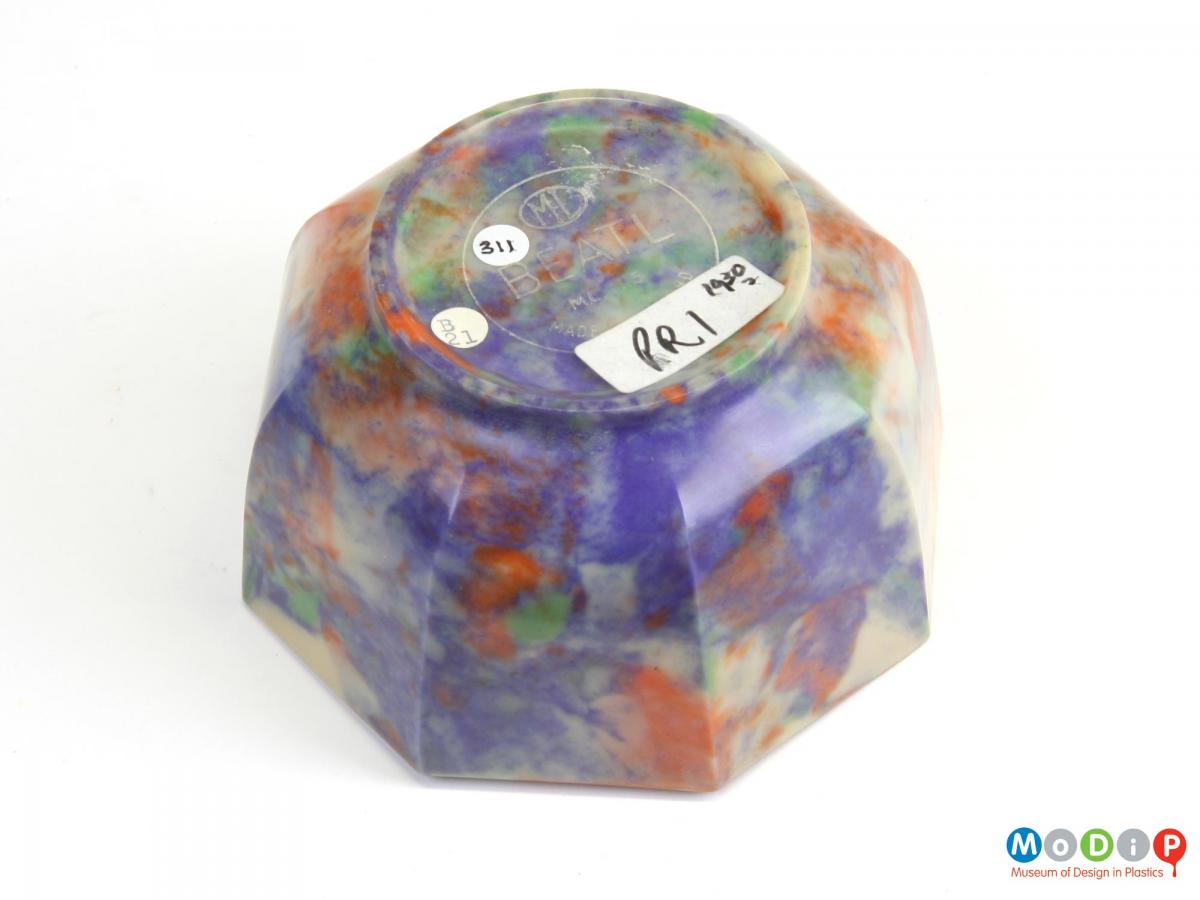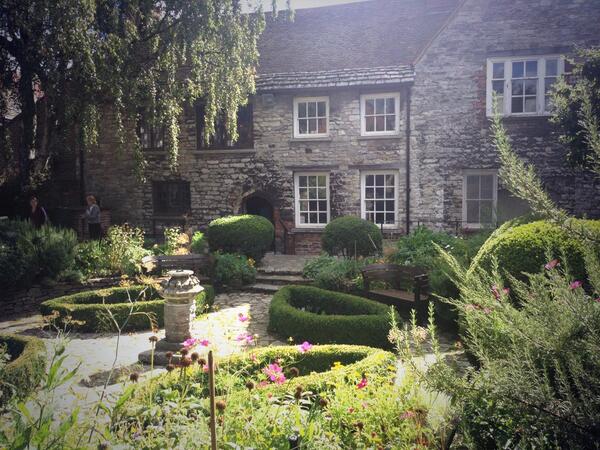Home Preface Bottom
The 10 Most Wanted initiative has now ended and the website is being archived for posterity.
The project partners are grateful to Nesta for funding 10 Most Wanted and thank all those who contributed their knowledge and opinions.
Do keep in touch by visiting the website of the Museum of Design in Plastics at http://www.modip.ac.uk.






 #10
#10 #10;</body></html>" />
#10;</body></html>" />

